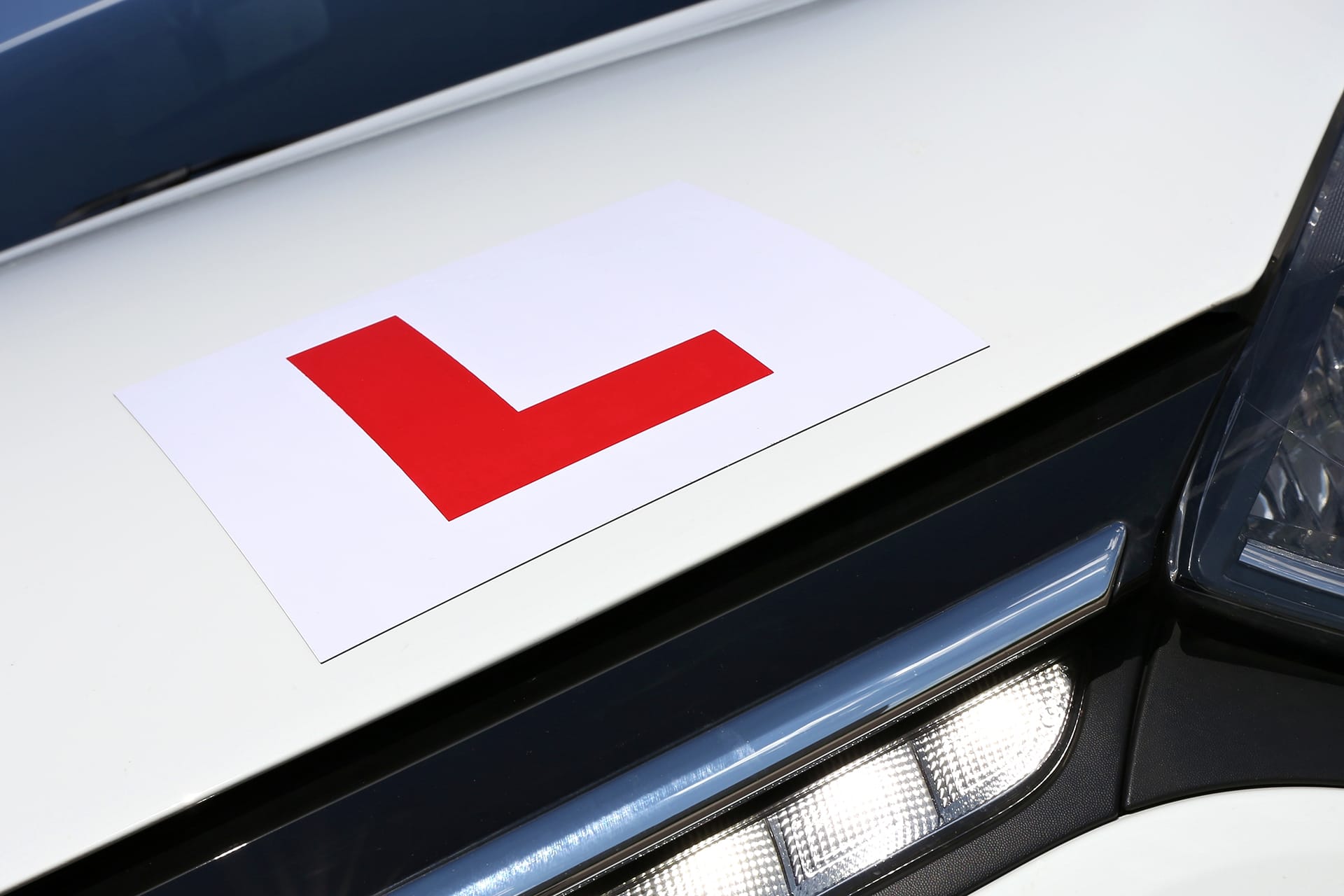With the rising cost of living, owning and maintaining a car in Great Britain is getting increasingly expensive.
While many drivers think that their comprehensive annual policy will cover them to drive any other vehicle on a third-party basis, this is not usually the case nowadays. Some also incorrectly assume that a car insurance policy is attached to the vehicle, and not the driver.
If you want to borrow a car, you have a few options when it comes to insurance: You could take out your own policy, get added as a named driver for the vehicle you are borrowing, or use your current annual policy (check first to see if a Driving Other Cars (DOC) option is included).
However, taking out a temporary, short-term car insurance could be the easiest and most practical option for you if you only need the car for a short time. Furthermore, because it’s your own policy, if you borrow a car, it won’t impact the owner’s No Claims Discount should you need to make claim.
With almost 100,000 people in Great Britain googling ‘sell my car’ every month, and fuel prices reaching record highs again, we wanted to find out just how many people are selling up or sharing a vehicle with friends and family.
So, we asked 2,000 drivers in Great Britain to tell us how often they have borrowed or lent a car in the last two years and for what reason.
Why do drivers borrow cars in Great Britain?
Overall, our data shows that approximately 14.5 million drivers in Great Britain have borrowed a car within the last two years, as 35% of those who took part answered ‘yes’ to this question.
There are many reasons for borrowing a car, with nearly half (43%) of drivers in Great Britain stating they did so because of an emergency, and nearly a third (31%) because it was convenient or easier for them than owning one.
However, nearly a quarter (23%) said they had to borrow a car rather than own one themselves for financial reasons. Some couldn’t afford to buy or lease their own car (14%), while others said borrowing their friend’s or family’s car was cheaper than using public transport (9%).
Our survey also found that most motorists are willing to help a family member or friends in need. Nearly two in three British drivers (64%) said they would consider lending their car if they didn’t need it themselves. On the other hand, only one in four (24%) said they would not consider it.
Who is most affected by rising car ownership costs?
From our findings we estimate that in Britain, around 3.5 million drivers have borrowed a car for financial reasons in the last two years.
When it comes to age, the data shows that 18–24-year-olds find it particularly hard to buy or lease their own car, as almost one in five young drivers (16%) admitted to borrowing a car on a regular basis.
What’s more, one in three of these drivers cited financial reasons for their need to borrow a car – 20% said they can’t afford their own car and 13% said they found borrowing to be cheaper than public transport.
Young people are not the only ones affected by rising car ownership costs, as nationwide nearly a quarter of those who borrowed a car in the last two years (23%) admitted they did so for financial reasons.
The below table shows that financial difficulty is experienced by other age groups as well, with a quarter of 35–44-year-olds struggling with affording their own car, too.
|
Age group |
Percentage of respondents who borrowed a car for financial reasons in the last two years |
|
18-24 |
33% |
|
25-34 |
20% |
|
35-44 |
25% |
|
45-54 |
22% |
|
55-64 |
17% |
| 65+ |
11% |
Compared to other cities, Londoners were found to struggle with car finances the most, as over a third (34%) of those who borrowed a car said they were motivated by financial reasons.
Nearly one in four drivers (24%) in the West Midlands said they borrowed a car because it was cheaper than public transport, significantly more than in any other region.
How does age affect car borrowing?
The tendency to borrow a car at least once in the last two years decreases down the age groups, being the highest among 18-24’s at 52% and the lowest among 65+ at 10%.
When it comes to why drivers borrowed a car, emergencies were the top reason for 18-54 year-olds, whereas the main reason for older respondents was linked to ease and convenience.
Although young people struggle the most with affording a car, they are also the most likely to lend their own to a family member or friends in need (77%).
55-64 year-olds were least likely to consider lending their car, with just over one in three (34%) saying they wouldn’t give their car away for a day.
How do different regions in the country compare?
The regional breakdown of our data shows that car borrowing is more common in certain parts of the country.
London emerged as the British city where people borrow cars the most overall, as half of the city’s drivers said they asked a family member or friends for help in the last two years.
Welsh drivers on the other hand are least likely to borrow a car, with an overwhelming 78% of those surveyed saying they did not ask to borrow a car over the same time period.
People’s attitudes towards lending their car to a friend or family member also differ depending on where you live.
Drivers from Scotland and the South West of England emerged as the most generous, as nearly three in four respondents in those areas (72%) said they would consider lending their car for a day if they weren’t planning on using it.
If you live in Northern Ireland though, asking your family or friends for their car has the lowest success rate, with over a third (35%) of respondents saying they would not consider giving their car away for a day.
Borrowing a car the right way
Before you jump into your friend’s or family’s car seat, you need to make sure you are covered by the right insurance policy, as driving without it can lead to fines or penalty points on your driver’s licence.
If you are interested in temporary car insurance, you can get a quick quote by completing this form.
You can also read more about borrowing cars and insurance in our guide.
Our data
We acquired this data via a survey with 2,000 driving licence holders in Great Britain & Northern Ireland (or people with a driving licence that permits them to drive in Great Britain & Northern Ireland), undertaken in September 2022. We used the total number of full driving licences registered with the DVLA in August 2022 to estimate driver numbers with the percentages from our survey data.



